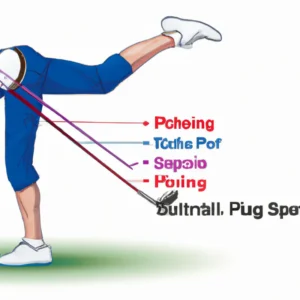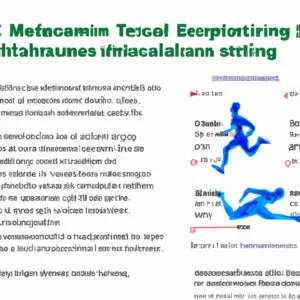**”The Art of Recovery: Exploring the Importance of Active Recovery Days for Optimal Performance”**

# The Art of Recovery: Exploring the Importance of Active Recovery Days for Optimal Performance
In the world of fitness, the phrase “no pain, no gain” has become a mantra for many dedicated athletes and weekend warriors alike. While pushing oneself to achieve goals is essential, there is another, often overlooked, component to effective training: recovery. Specifically, active recovery days hold a crucial place in any training regimen, providing athletes with the opportunity to rejuvenate and enhance performance. In this blog post, we will explore the importance of active recovery, offer practical tips for implementation, and discuss the benefits that come along with it.
## Understanding Active Recovery
Before diving into the benefits, it’s essential to define what active recovery is. Unlike traditional rest days, which often involve complete inactivity, active recovery involves low-intensity exercise that promotes blood flow, aids in muscle repair, and allows for mental rejuvenation. Activities can range from walking, yoga, and light cycling to swimming and even leisurely sports. The goal is to engage in movement that feels restorative rather than exhausting.
## The Importance of Active Recovery Days
1. **Muscle Repair and Growth**: Intense workouts cause microscopic tears in muscle fibers. Active recovery supports the healing process by increasing blood flow to the muscles, delivering essential nutrients and oxygen that facilitate repair and growth.
2. **Reduced Muscle Soreness**: Delayed onset muscle soreness (DOMS) can be a significant barrier to maintaining a consistent training schedule. Active recovery helps to reduce the severity of DOMS by promoting circulation and flushing out lactic acid and other metabolic waste products that accumulate during intense exercise.
3. **Mental Refreshment**: Constant training can lead to burnout, both physically and mentally. Active recovery days provide a break from the routine while still engaging in physical activity, helping to alleviate the monotony and keeping motivation high.
4. **Improved Performance**: Research indicates that incorporating active recovery can lead to enhanced performance in subsequent workouts. By allowing the body to recover while still engaging in movement, athletes can return to their next training session feeling refreshed and ready to push harder.
5. **Injury Prevention**: Overtraining can lead to fatigue and injuries. Active recovery helps to mitigate this risk by allowing the body to recover adequately while still promoting movement and flexibility.
## Tips for Effective Active Recovery Days
1. **Choose Low-Intensity Activities**: Opt for activities that require minimal effort and won’t strain your body. Walking, light jogging, swimming, cycling, or yoga are excellent choices. The key is to keep the intensity low and the movements enjoyable.
2. **Listen to Your Body**: Pay attention to how your body feels. If you’re still experiencing significant soreness or fatigue, consider adjusting the intensity or duration of your active recovery session. The goal is to recover, not to push through discomfort.
3. **Incorporate Mobility Work**: Use this time to focus on flexibility and mobility. Stretching and foam rolling can help release tension in the muscles and improve overall range of motion, which is crucial for athletic performance.
4. **Stay Hydrated and Nourished**: Recovery isn’t just about the workout; nutrition plays a vital role. Ensure you’re hydrating appropriately and consuming nutrient-dense foods to fuel your recovery.
5. **Engage in Mindfulness Practices**: Consider adding meditation or breathing exercises to your active recovery days. These practices can help clear your mind and reduce stress, enhancing your overall recovery process.
6. **Mix It Up**: To keep things fresh, try different activities each week. Whether it’s a new yoga class, a scenic hike, or a casual game of basketball with friends, variety can make active recovery days something to look forward to.
## The Benefits of Active Recovery
Incorporating active recovery into your routine can lead to numerous benefits:
– **Enhanced Recovery**: By promoting blood flow, active recovery accelerates the healing process, allowing you to bounce back faster and train harder.















Post Comment